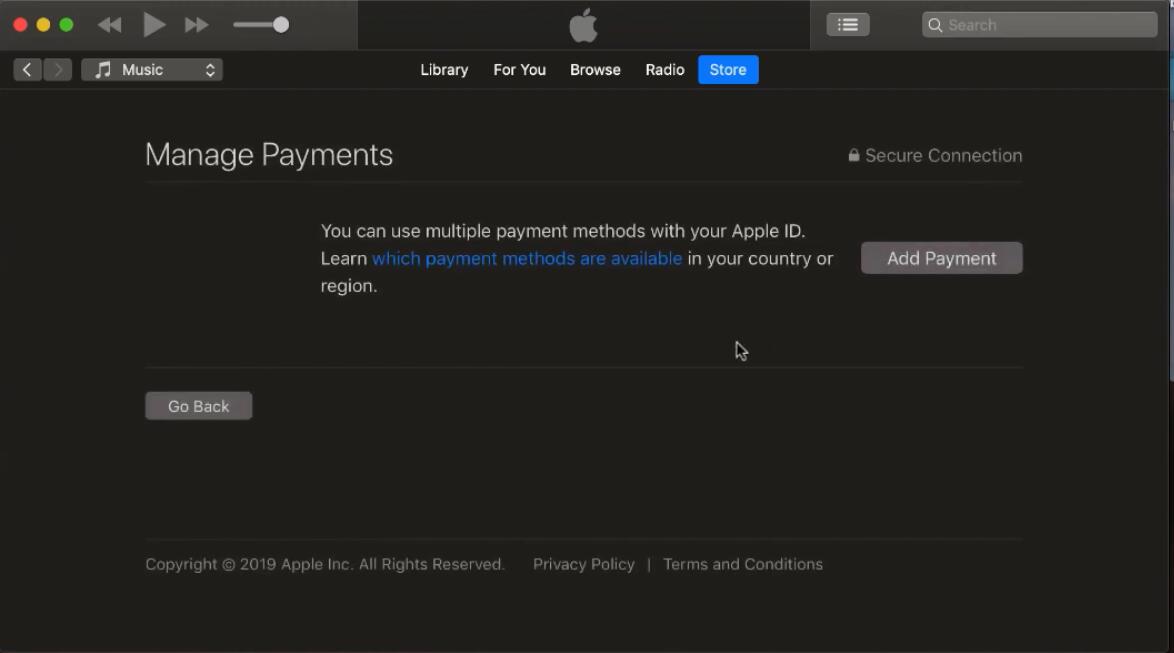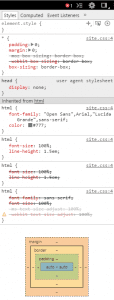

For example, you might want to return the payer's browser to a URL on your site that is specific to that payer, perhaps with a session ID or other transaction-related data included in the URL. With Auto Return turned on in your account profile, you can set the value of the return URL on each individual transaction to override the value that you have stored on PayPal.

Setting the return URL on individual transactions ISO-8859-1 (Western European Languages).ibm-862 (Hebrew with European characters).HZ-GB-2312 (Traditional Chinese in Hong Kong).In addition, this variable sets the same values for information that you send to PayPal in your HTML button code.įor example, the following INPUT tag sets the encoding to UTF-8: Ĭharacter Sets and Encoding Schemes Supported by PayPal Use the charset HTML variable to specify the character set and character encoding for the billing information/log-in page on the PayPal website. Their values are not recorded or used by PayPal. For this reason, they are called passthrough variables. PayPal returns the values that you send through Instant Payment Notification exactly as you sent them. Some variables are exclusively for your own use, such as order management. This section highlights a few ways to use PayPal Payments Standard FORM variables.īecause an HTML variable can overwrite or depend on another variable, learn about HTML variable interactions and dependencies at HTML Variables for PayPal Payments Standard and Address Handling (U.S. Important: These INPUT tags are required exactly as shown above. The input tag looks like one of the following:
Change billing info for mac developer program membership code#
PayPal determines which kind of button was clicked by decoding the encrypted code or by looking up the saved button in the merchant's account. The button that the person clicked was protected from tampering by using encryption, or the button was saved in the merchant's PayPal account. The button that the person clicked was a Donate button. The button that the person clicked was an Automatic Billing button. The button that the person clicked was a Subscribe button.


 0 kommentar(er)
0 kommentar(er)
